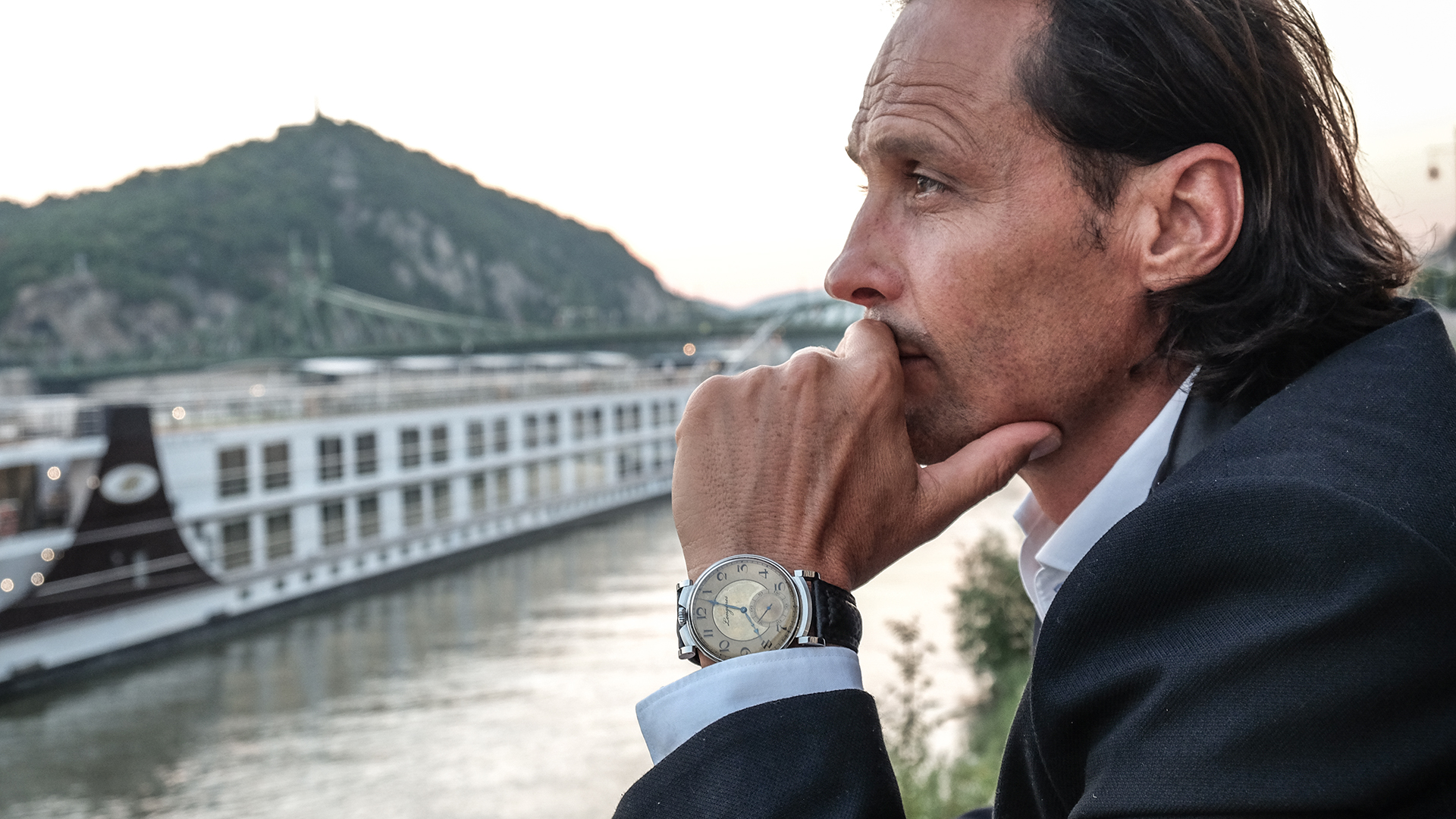What is unique? Like ‘iconic’ or ‘exclusive’, it’s a word that is losing its meaning. Every fashion item is ‘exclusive’. Every car ‘iconic’. Every watch ‘unique’.
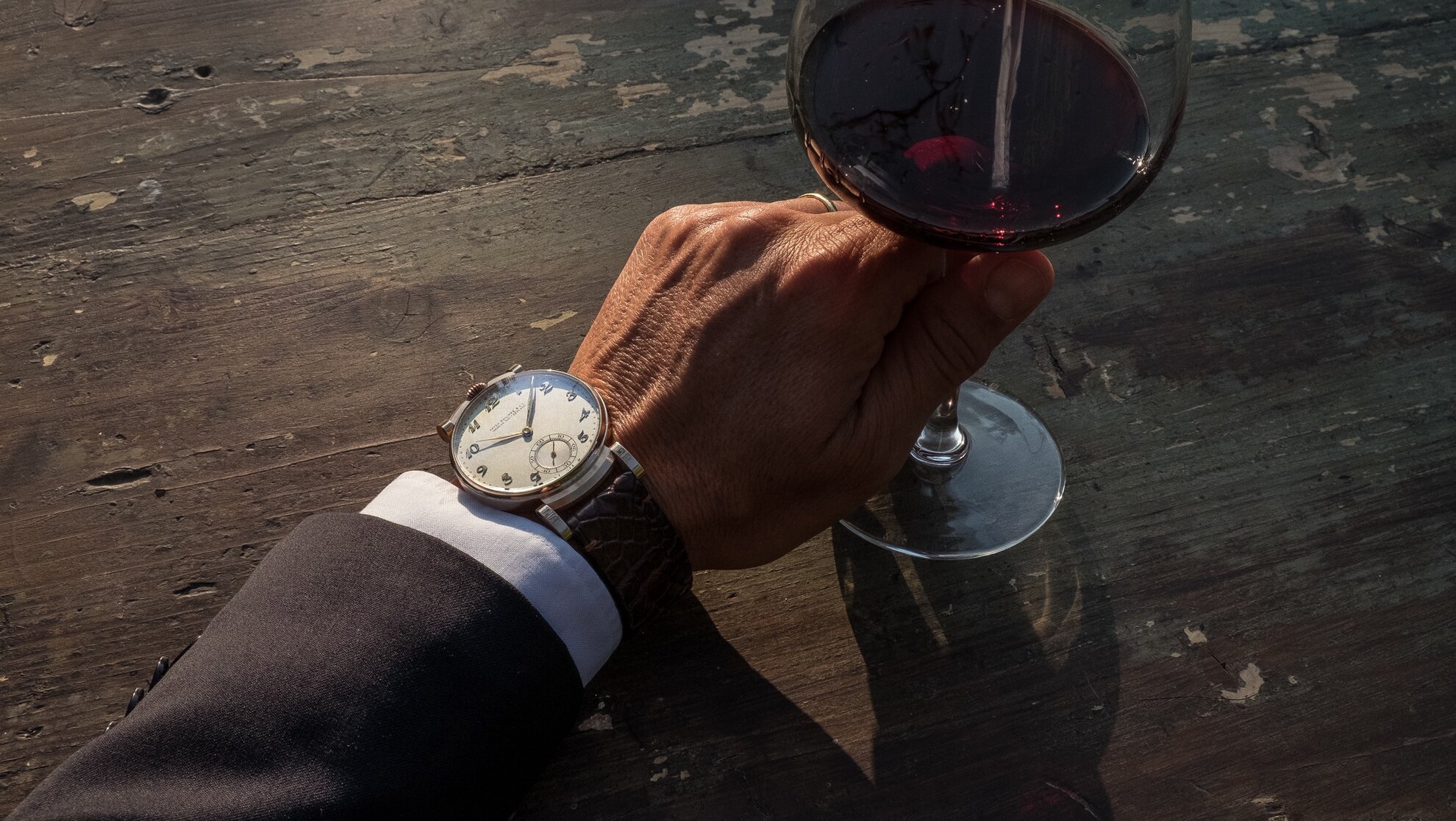
And yet it’s not. That Patek Phillippe you see on the wrist of a top sportsman, a film star might be wearing tomorrow. At this level of luxury, money hardly matters.
But jeweller Tamás Lóránt has a different concept of ‘unique’. “I inherited this from my father as a pocket watch,” says Lóránt, tapping the timepiece now on his wrist. “It had lost its original function as he never wore it. All the same, he treated it with great respect because he knew the story behind it. He had inherited it from his father. I was lucky enough to have known my grandfather and learned first-hand my family history.”
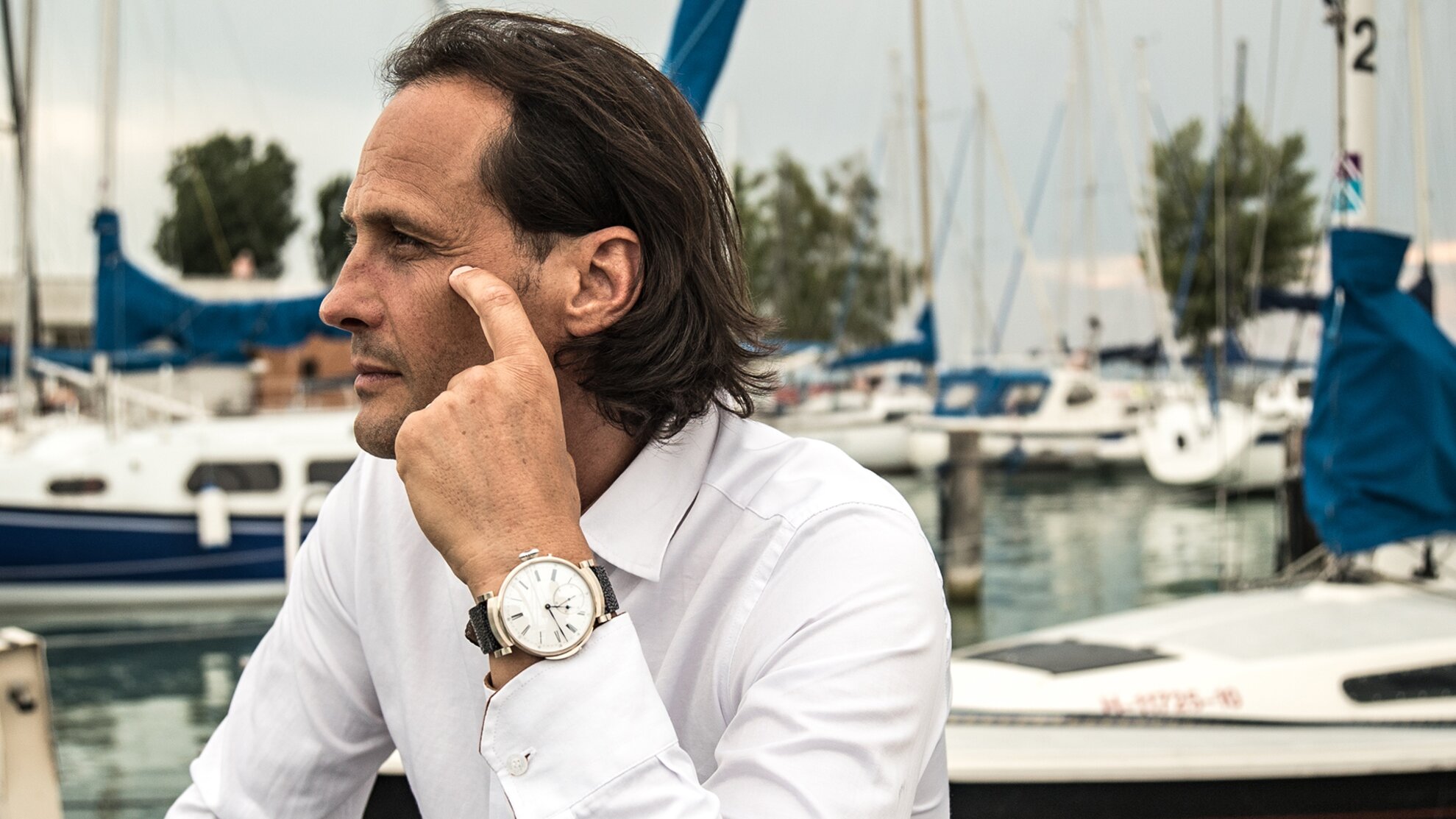
Lóránt's great-grandfather had escaped his village in rural Hungary for Rijeka and a boat bound for the New World. Earning part of his salary in gold, János Viszlay duly returned from Canada, invested in land and a gold Longines pocket watch. He lost the land in the post-war settlement after 1918 but kept the Longines, which became a family heirloom.
Through further decades of conflict, hardship and loss, the pocket watch was kept safe in a drawer, worried about whenever the house was left empty, telling the time for no-one.
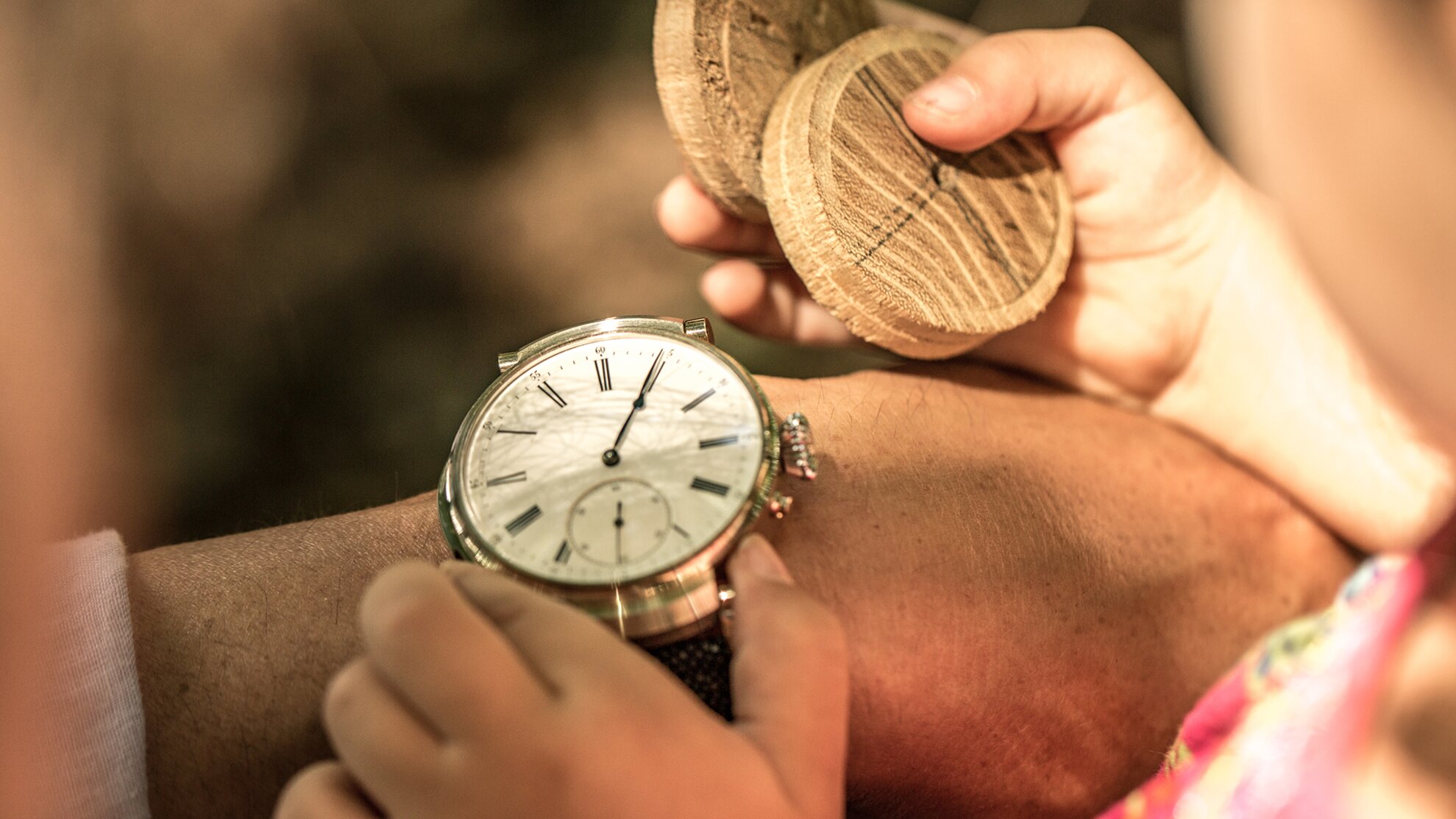
Some time after his father’s death, Lóránt became drawn to his family history and hit upon the idea of reviving the timepiece, reconfiguring the Longines for everyday use.
“I’ve been a jeweller for 30 years,” says Lóránt. “I know people in similar trades – an expert who deals in watch straps, someone else who perfects glass. Between us, we refashioned my great-grandfather’s gold pocket watch.”
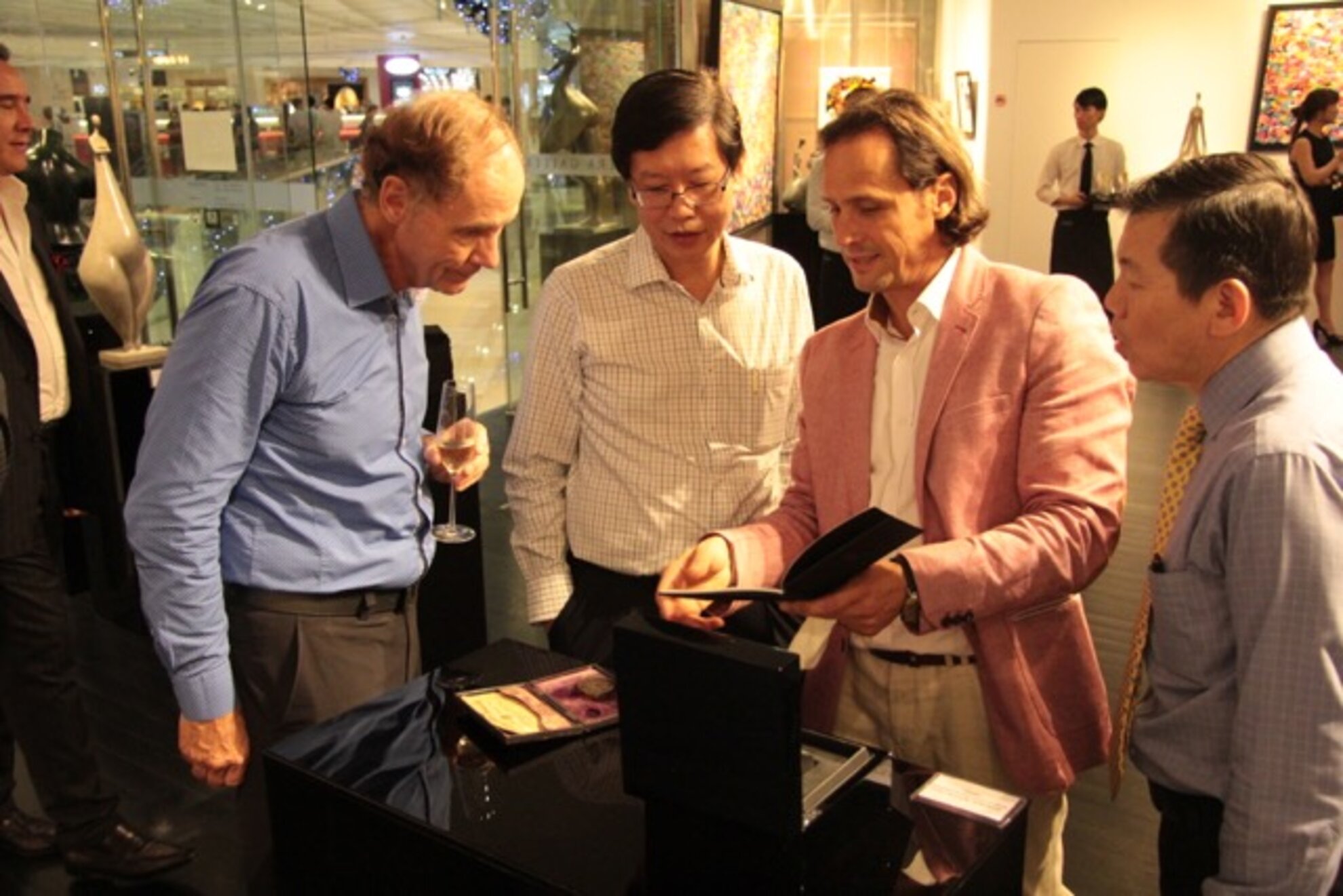
Its face larger than usual, its functions including chiming every quarter-hour, Lóránt's watch attracted considerable attention, not least at a trade fair in Stockholm. There, Lóránt told another willing customer, an Australian, that his Longines was not for sale – but the narrative behind it encouraged Lóránt's soon-to-be business partner to explore potentially similar ventures in the Far East.
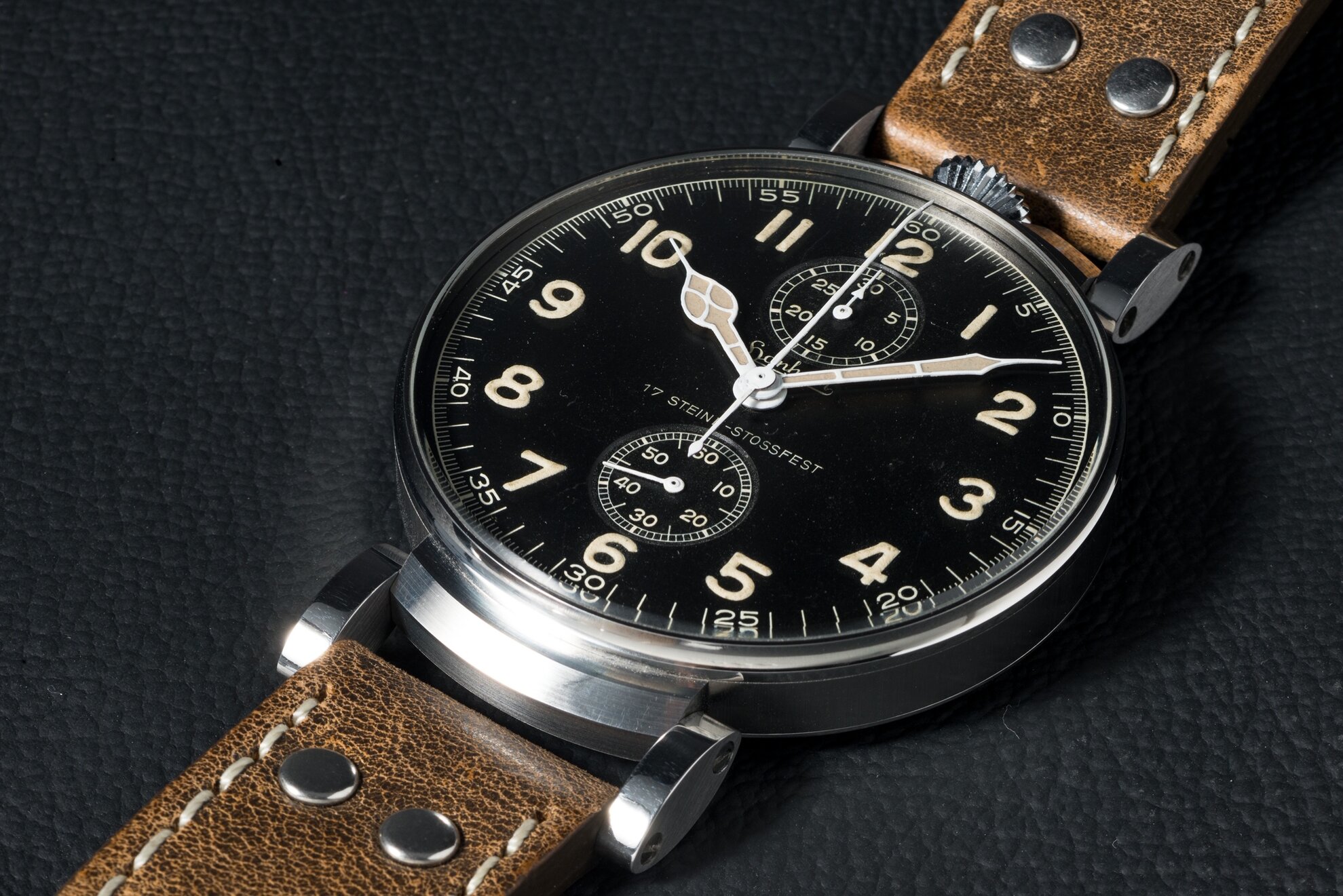
Which is where the story really starts. “A Swiss client owned a Hanhart Calibre 40,” says Lóránt. “With two stopwatch dials, these were first used for sports races but then adapted for Luftwaffe pilots in the war. For night-time engagements, the watches were given phosphorous hands and a red button, said to signify the airman’s loved one back home. This particular watch belonged to a navigator, Joachim, who saw action in France. Horrified by the devastation, Joachim deserted, found his sweetheart, Elde, and, keeping the now broken watch with him at all times, saw out the war and married her.”
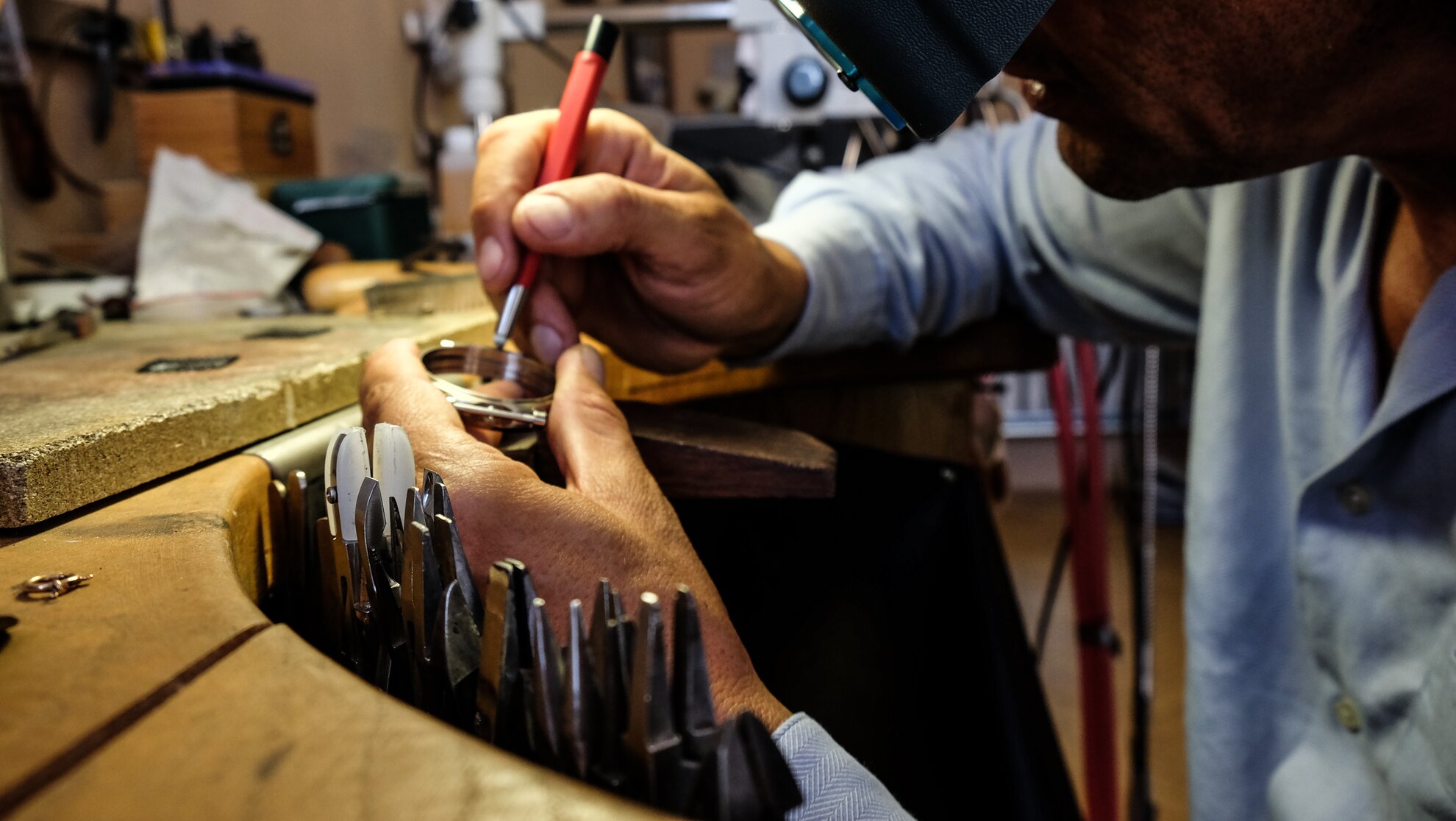
How this Hanhart Calibre 40 came in the possession of a rich Swiss national we don’t know – but he entrusted it to Lóránt, who then carried it safely from Singapore to his workshop in Siófok. After he and his team got to work – engraving the make, date and now characteristic ‘Remodelled by L'Orant’ motif into the bezel – the jeweller then flew back to Singapore with the reconfigured Hanhart in hand. Another satisfied customer.

“Each watch is literally irreplaceable,” says Lóránt. “It’s not a case of handing it over to an international courier and walking away. A famous Swedish actress wanted me to recreate a watch for her but then realised she would be in such a panic should her flight run into turbulence while she was wearing it, she didn’t dare order one.”
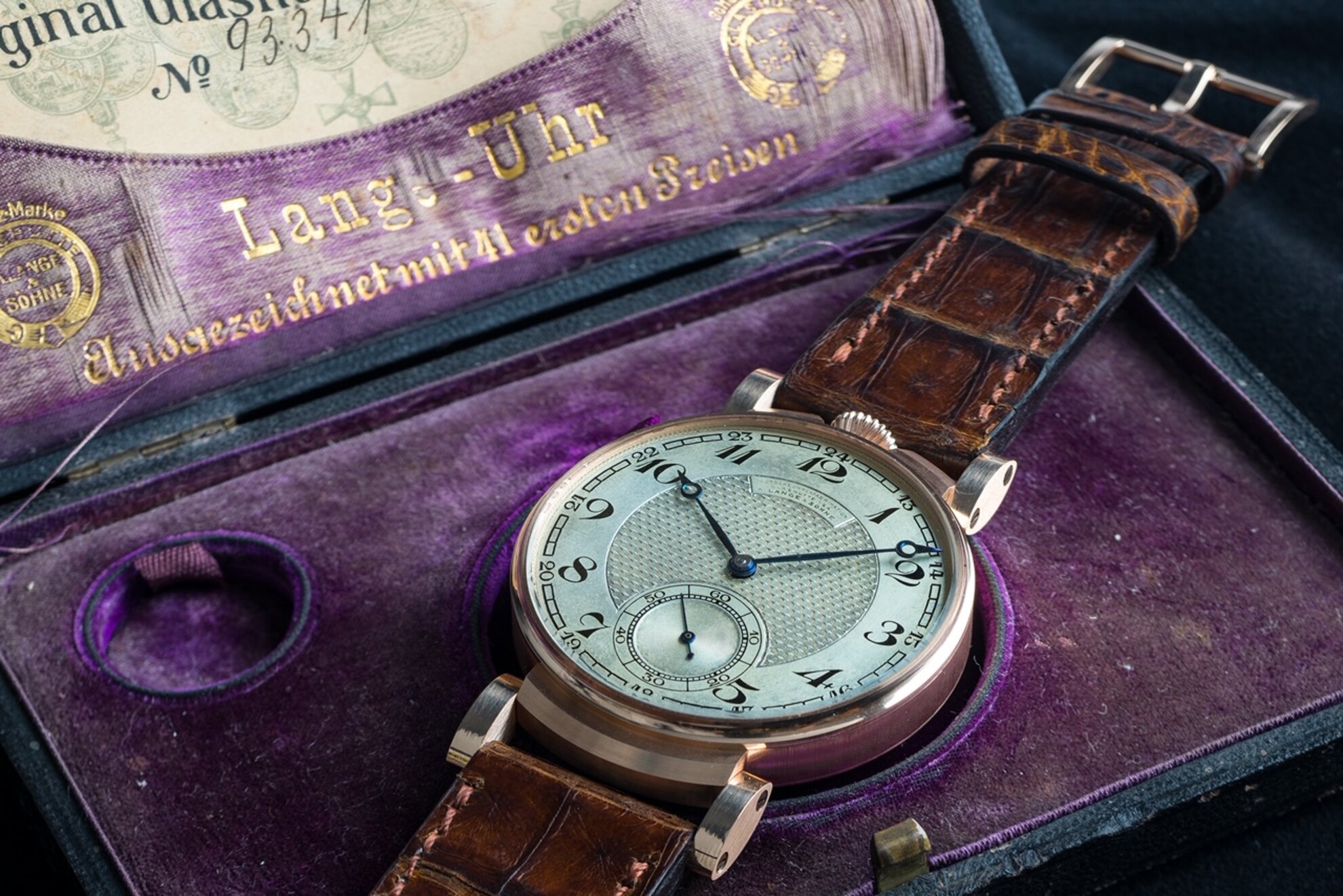
With word-of-mouth, customers are now lining up with their own particular timepieces – each one with a story attached to it. At any given time, Lóránt and his craftsmen are working on three or four separate watches.
“The whole process takes several months,” says Lóránt. “And we provide each customer with a small book detailing the history of their timepiece. Then deliver everything in person.”
And the cost? While it’s tempting to say ‘priceless’, each watch comes in at €20,000-plus. Then again, each watch is truly unique.
